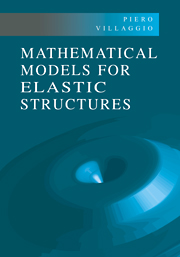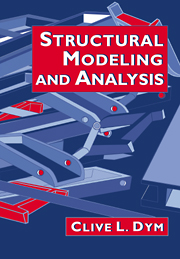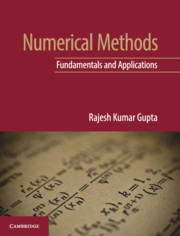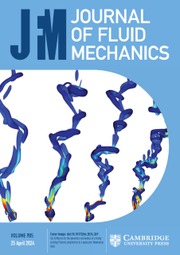Mathematical Models for Elastic Structures
Elastic structures, conceived as slender bodies able to transmit loads, have been studied by scientists and engineers for centuries. By the seventeenth century several useful theories of elastic structures had emerged, with applications to civil and mechanical engineering problems. In recent years improved mathematical tools have extended applications into new areas such as geomechanics and biomechanics. This book, first published in 1998, offers a critically filtered collection of the most significant theories dealing with elastic slender bodies. It includes mathematical models involving elastic structures, which are used to solve practical problems with particular emphasis on nonlinear problems. This collection of interesting and important problems in elastic structures will appeal to a broad range of scientists, engineers and graduate students working in the area of structural mechanics.
- Presents a collection of interesting and important elasticity problems not readily available in a single source
- Applies elasticity theory to the solution of practical engineering problems
- Provides historical context for many problems
Reviews & endorsements
'The author should be congratulated for this work since it is the first time that a book brings about the final result of combining many direct and indirect contributions to this subject. I recommend this book to structural engineers who are engaged in engineering mechanics problems in industry and research.' M. Y. H. Bangash, The Structural Engineer
'The general opinion of this reviewer it that Villaggio's book is valuable and that it will constitute an important reference in the years to come.' Society for Industrial and Applied Mathematics
Product details
September 2005Paperback
9780521017985
696 pages
254 × 178 × 36 mm
1.171kg
121 b/w illus.
Available
Table of Contents
- Preface
- Introduction
- 1. Basic concept
- 2. Rod theories: three-dimensional approach
- 3. Rod theories: director approach
- 4. Theories of cables
- 5. Theories of membranes
- 6. Theories of plates
- 7. Theories of shells.






